
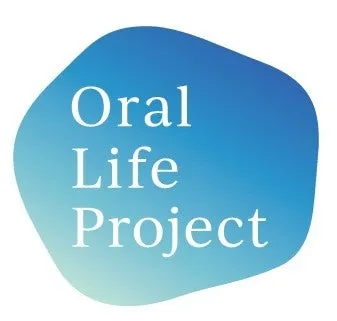
Recent Survey Reveals Most Japanese Have Not Visited Dentists in Years
Unveiling Japan's Dental Health Crisis: Survey Findings
In a groundbreaking survey conducted by the Oral Life Project, led by SCO Group, it came to light that a staggering one in four Japanese individuals have not seen a dentist in over five years. This nationwide study, which included responses from 4,700 people aged 20 to 60 across 47 prefectures, sheds critical light on the current state of oral health in Japan.
Survey Overview
The survey spanned from April 22 to May 1, 2025, utilizing a web-based questionnaire to ensure a comprehensive collection of data. Here are some key insights from the findings:
1. Oral Discomfort: Approximately 38.7% of respondents expressed discomfort or concerns regarding their oral health. Notably, the prevalence of such concerns increased with age. The top-three issues cited were tartar and plaque, tooth color, and bad breath. The younger population leaned more towards tooth color and bad breath, while individuals aged 50 and above reported issues around tartar and gum health.
2. Recent Visits to Dentists: Only 43.1% of those surveyed visited a dentist within the last six months. While older adults tended to be more proactive in their dental check-ups, some regions showed alarming statistics. For instance, Gifu Prefecture boasted the highest attendance rate at 59%, while those in Wakayama and Ibaraki Prefectures reported only 34% visitation rates.
3. Long Absences from Dental Clinics: An additional facet of the survey revealed that 44.5% of respondents noted they hadn’t visited a dentist in over five years, with a pronounced trend in Shiga Prefecture, where the figure soared to 63.6%.
4. Negative Perception of Dental Visits: A concerning 33.6% of individuals indicated they were hesitant or unwilling to visit dental clinics frequently. The state with the most negativity surrounding dental visits was Niigata, at 48%.
5. Painful Associations with Dentists: Perhaps the most telling statistic from the survey is that 37.3% of respondents associate dental clinics primarily with pain, a perception rooted in many respondents' childhood experiences. Accordingly, 47.9% recalled this fear starting from elementary school.
As pointed out by Dr. Teppei Tsukiyama, director of Tsukiyama Dental Clinic, while more individuals claim to visit dental services, distinguishing between treatment and preventive maintenance remains vital. Preventive dental care is evidently imperative, especially among younger generations.
Conclusion
With mounting evidence of a dental health crisis in Japan, it's evident that public awareness campaigns focusing on preventive dentistry must be bolstered. The partnership between companies like SCO Group, which promotes technologies for dental clinics, and healthcare professionals is vital for enhancing the oral health landscape across Japan. As Japan aspires to become a leading nation in oral health, urgent action is necessary to shift public perceptions and participation in preventive dental care.
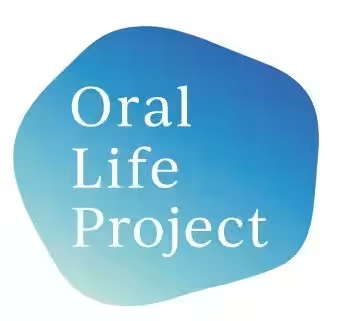

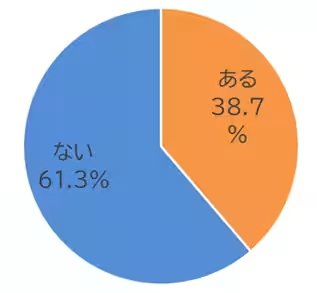

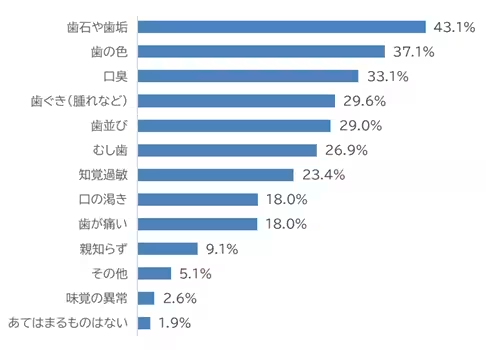

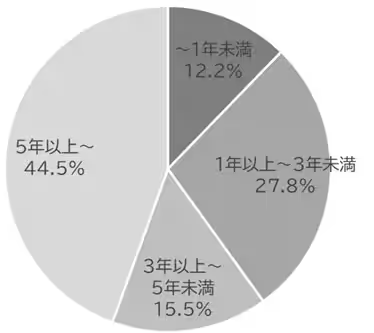



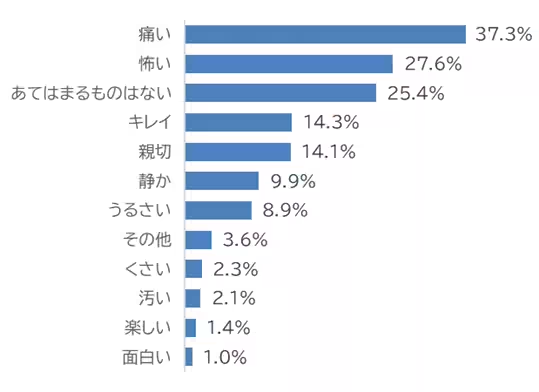

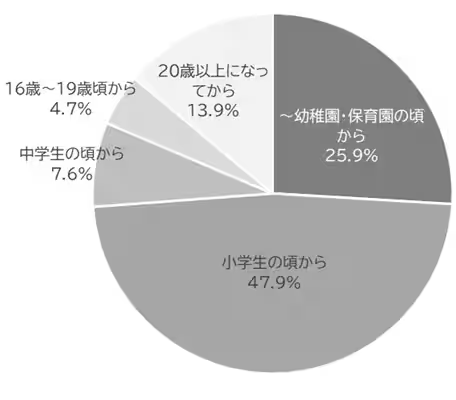
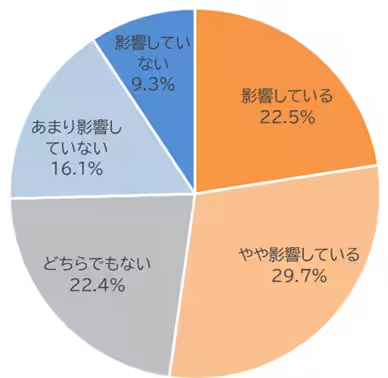



Topics Health)










【About Using Articles】
You can freely use the title and article content by linking to the page where the article is posted.
※ Images cannot be used.
【About Links】
Links are free to use.